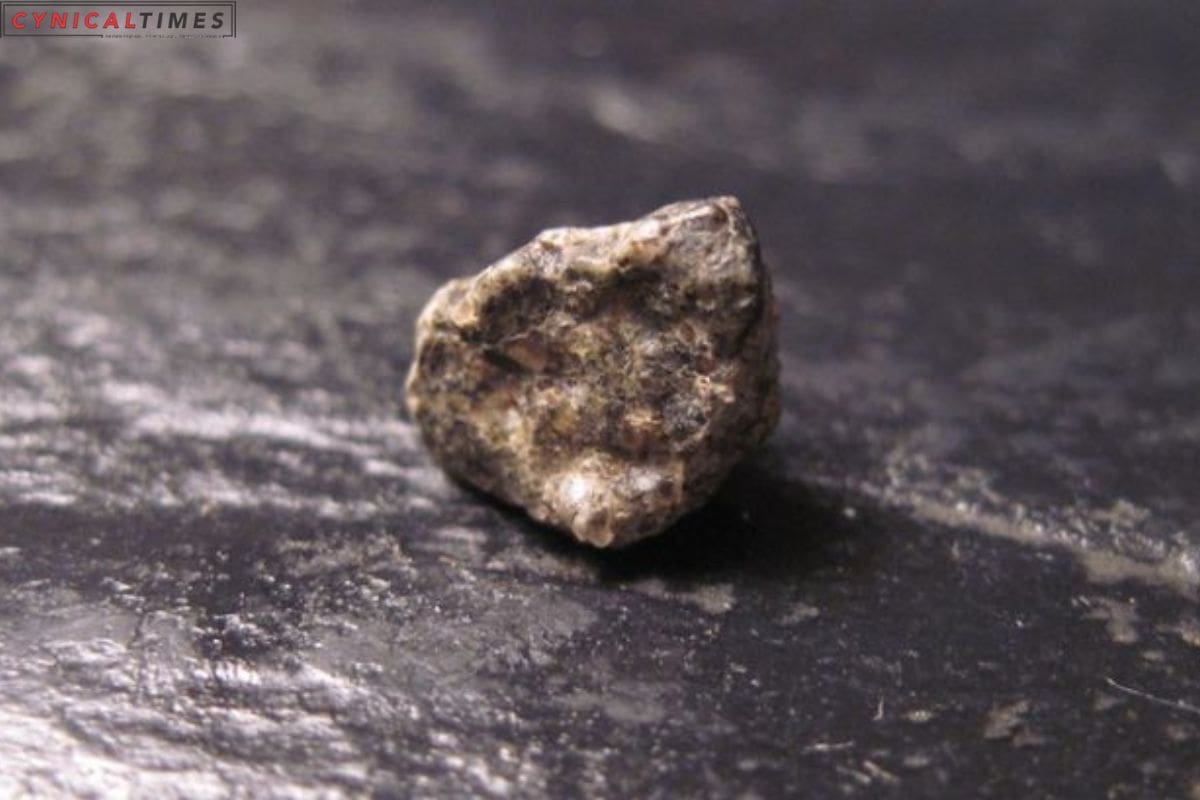Mars Rocks Reveal Their Age Secrets: While we haven’t set foot on Mars yet, the Red Planet has sent its rocks our way. These Martian meteorites, ejected through violent impacts, have crash-landed on Earth. But here’s the twist most of them are much younger than Mars itself. Different dating techniques yielded varying results, causing uncertainty about their age.
Now, scientists from the US and UK have unraveled this mystery. Surprisingly, many of these rocks are quite young, just a few hundred million years old. This discovery offers insights into their journey to Earth and Mars’ geological history.
Volcanologist Ben Cohen, leading the research at the University of Glasgow, explained, “We know these meteorites are from Mars due to certain chemical characteristics. However, we don’t know their source crater on Mars. Determining their age is one of the best clues.”
Out of around 360 meteorite samples of Martian origin found on Earth, most are shergottites, metal-rich rocks formed during volcanic activity. Given Mars’ heavily cratered surface, we expected these rocks to be ancient. Yet, dating techniques suggested their age to be less than 200 million years, baffling scientists.
The method used for dating these shergottites, called argon-argon dating, proved challenging due to potential argon contamination from Earth and space. To address this, Cohen and his team developed a method to correct for this contamination, leading to consistent ages between 161 million and 540 million years.
The younger age of these rocks may be linked to Mars’ frequent bombardment, which breaks up the older surface and exposes younger rock, replenished by ongoing volcanic activity. As Mars endures constant impacts, occasional ejections of these younger rocks toward Earth shouldn’t come as a surprise, adding an intriguing twist to our Martian connection.
Also Read: Industry and Academia Advances Drug Discovery Building Blocks: Squaric Acid Monoamides
Our Reader’s Queries
What do rocks tell us about life on Mars?
The Perseverance rover has amassed a varied collection of samples, ranging from sedimentary rocks that are adept at preserving ancient life to igneous rocks that offer clues about the early development of Mars. Additionally, the rover has gathered regolith, which can shed light on both the global and local landscape of the planet.
What have they found in rocks from Mars?
The meteorites from Mars are igneous rocks that are mafic and ultramafic in nature. These rocks are volcanic and intrusive and have a low silicon content but high levels of iron and magnesium.
How old are Mars rocks?
NASA’s Curiosity Mars rover conducted an analysis of the rock’s potassium and argon content, which led to an estimated age of 3.86 billion to 4.56 billion years old. This discovery sheds light on the geological history of Mars and provides valuable insights into the planet’s formation and evolution. The findings are a testament to the incredible capabilities of NASA’s technology and the dedication of its team of scientists.
How do we know how old Mars is?
The southern highlands of Mars are considered to be the oldest crust due to the presence of the largest impact structures, highest crater densities, and impact history of the inner Solar System. It is believed that they were formed over 3.8 billion years ago.

